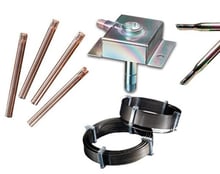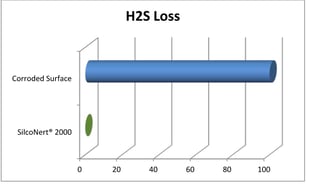
Companies and labs rely on accurate sample test results to control processes and assure high quality products in nearly all areas of manufacturing. Uncertainty and test variation in gas chromatography test systems can cost a company big money. How? Anyone who has driven an old car with lousy tires knows what it feels like to experience uncertainty in the driving experience. Turn the wheel one way and you may or may not get the result you're hoping for. The same holds true in process control. Inputs and changes to processes and products based on poor information or lousy process data due to test error can be costly or worst case, catastrophic. Here are 3 tips on how to reduce uncertainty in process control.

Manage the flowpath
Reactive compounds can be completely lost due to flowpath adsorption. Every surface the sample comes in contact with will impact results. Probe placement, heat trace tubing slope, flow rate, dead areas or voids all need to be carefully planned,designed and accounted for. Additionally, corrosion in the flowpath can only compound the adsorption problem and should be minimized. An inert coating like SilcoNert® 2000 or Dursan® will help to prevent corrosion and improve inertness by orders of magnitude.

Note: Coat every surface with SilcoNert® or Dursan® to eliminate adsorption. That fritted filter you forgot to coat will adsorb an immense amount of reactive sample.
O-rings are also a major consideration. Don't assume all o-rings are equally inert, they're not. Some o-rings will readily adsorb or react with the sample, contributing to lost or degraded sample quality.

Keep moisture under control
Moisture in flowpaths can interact with the sample and cause corrosion in the system. Moisture can reduce test response by up to 50% or more. Rust particles in corroded sample pathways can also adsorb sample compounds, significantly increasing uncertainty.


Keep the GC in tune
Carrier gas flow rate, injector temperature and column temperature and sample injection can have a significant impact on results. Here are other factors to consider when minimizing GC and LC test uncertainty.






